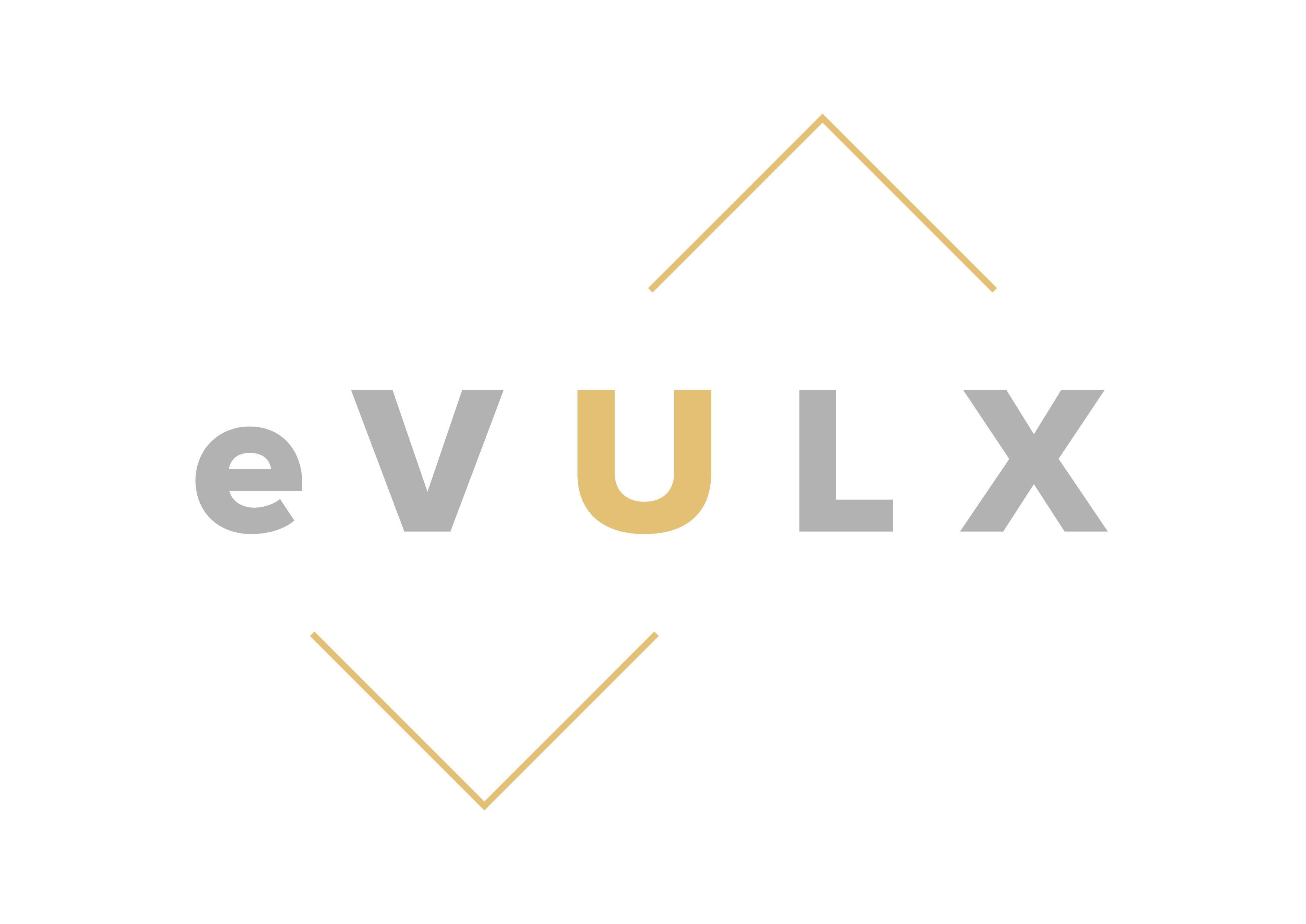
Change leadership is a broad field within organisational change management. While leadership has been evolving over the last few decades to the extent that much has been published and discussed, there are few agreed-upon change leadership definition of what it actually means. As a result, we use the term “change leadership” when referring to leaders at all levels in organisations, from CEOs to first-line supervisors, who create positive, meaningful change in their teams and organisations as a result of effective, competent behaviours.

Leaders don’t need to be charismatic or talented at every skill critical for success; they need to inspire those around them and hold each other accountable for behaviour change.
Creating a vision and strategies for change
What is change leadership? Change leadership is a leadership approach that involves creating a vision and strategies for change, and then motivating others to follow through. It’s different from change management because it focuses on the people involved in the change, not just on the change itself. The goal of this approach is to help employees see what needs to be changed and how it will benefit them personally.
If you’re familiar with traditional leadership styles, such as those used by military commanders or CEOs of corporations, you’ll know that they focus on being in charge of change rather than inspiring others to make changes themselves. Change leadership works differently because it focuses on making sure everyone understands why a certain decision was made and how that decision could impact their lives positively (if indeed it does).
Leadership disciplines
Motive leadership focuses on making sure employees have the right attitude and motivation by providing rewards or punishments based on their performance. Transformational leaders are more concerned with altering people’s beliefs about their organisation or themselves; they aim to influence how individuals think about their careers, as well as how they perceive what it means to be successful in their field of work.
The people who inspire others to make changes — in other words, they are catalysts.
In the past, change management vs leadership have been referred to as change agents and change managers. According to BusinessDictionary.com, a “change agent” is someone who creates change by influencing others to agree with his or her ideas. A “change manager” oversees organisational transformation and ensures that they’re executed successfully. But these terms don’t quite fit what I’m trying to explain here: that change leaders don’t see themselves as the people in charge of changing anything (or at least not in charge of changing everything), rather they see themselves as those who inspire others to make changes.
Pick a model that addresses the needs
It’s not surprising that you’re wondering which model is best for your organisation. The fact is, there is no one-size-fits-all approach to change leadership. Each model has its own strengths and weaknesses, and it’s important to choose the one that addresses the needs of your organisation and the difference you want to make.
Here are a few change leadership examples that have come to solve the corporate problems. Read on.
1. Kotter’s model
Kotter’s model looks at what it takes to move an idea all the way from conception through implementation and beyond. This approach emphasises not just creating the desire for change but making sure that vision translates into reality.
Kotter’s eight-step model of change leadership is:
- Create a sense of urgency (this can be done by convincing people that things are going wrong, or by showing them how good things could be)
- Form a powerful guiding team (create a small group of leaders who will make decisions on behalf of the organisation)
- Create a common vision (establishing goals and objectives that everyone in the organisation understands and supports)
- Communicate change clearly and frequently (keep your team members informed about how their work impacts overall organisational success)
- Empower others to act on their own initiative toward shared goals; encourage collaboration across departments — even if those departments are traditionally adversarial towards one another — so long as it serves your organisation’s mission
2. The ADKAR model breaks down change into five stages.
The ADKAR model breaks change down into five key stages, each stage represents one of the elements that workers need to take part in an organisational shift.
- Awareness: At this stage, you’re letting people know what’s coming and how it will affect them. In fact, you may have already done some of this during your preparation for change.
- Desire: This is the desire to support the change
Knowledge: This is when people become familiar with the new direction of your business or organisation and start to understand how things will work once the change takes effect. - Action/Ability: Here, employees apply their skills in conjunction with newly learned information from earlier stages in order to adapt successfully to the new environment brought about by organisational change.
- Reinforcement: This final stage marks a period when both workers and management begin seeing tangible results from their efforts toward implementing an organisational shift—whether in terms of increased productivity or improved customer satisfaction (or something else entirely).

3. The Bacharach model
The Bacharach model is a leadership change management model that uses a bottom-up approach to help managers and employees work together to create change. It emphasises the importance of employee engagement, which can be an important factor in helping people make lasting transitions.
The Bacharach model focuses on three major phases:
Phase 1: Developing shared vision and goals with employees (a process called “envisioning”). In this phase, leaders work with workers to identify what they value about their workplace, as well as how they want it to change. This information helps leaders design plans for making improvements that will meet worker needs while also increasing productivity and profitability.
Phase 2: Setting objectives based on those shared visions (also known as “goal-setting”).
Phase 3: Implementing strategies designed to achieve those objectives (this phase could be called “strategic planning”). Implementing strategies effectively requires clearly communicating them across all levels within an organisation — from top management down through frontline staff members — so everyone understands what’s expected from them under changed conditions before beginning any new initiatives together toward achieving common goals.’
Conclusion
Good leaders know how to provide a vision for the future, and to paint a detailed picture of how different the organisation will look after it has implemented a successful change initiative. They want to know what skills their team members need to learn, and provide tools that teach them how to achieve it. They listen to their team when they voice concerns, and they make sure they address them in good time. Visit eVULX, we believe in helping individuals and organisations learn better through scalable and globally accessible solutions.
9.08 & 9.09, Block E Phileo Damansara 1,
9, Jalan 16/11, 46350 Petaling Jaya, Selangor
Telephone: +60122254456
Email: [email protected]
(202001021557) (1377877-X)
All Rights Reserved

